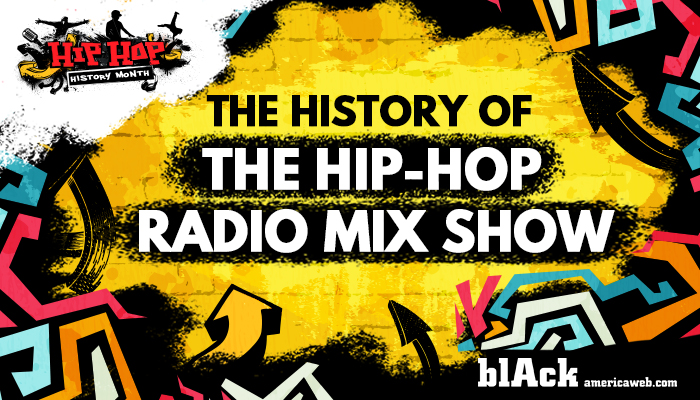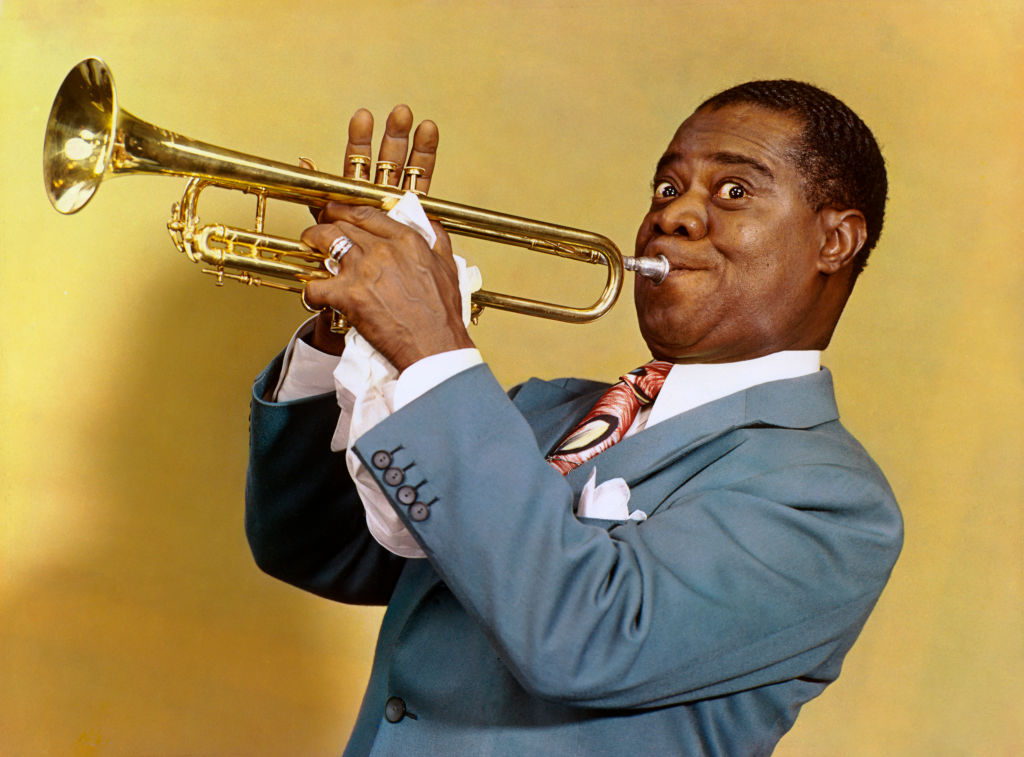
Source: Reach Media / Radio One Digital
November is Hip-Hop History Month, and today we’ll be taking a look at one of the most vital portions of the modern-day on-air radio genre: “The Mix Show.”
MORE: Music Visionary Fats Domino Honored With Street Naming In New Orleans
For many, the best part of Hip-Hop radio is mix show hour. For the duration of that segment, however long it may be, a wide range of musicians and songs are featured in a sequence specifically curated to the DJ’s tastes and knowledge of their audience. The arrangement itself is one of the core elements, somehow blending all the different sounds into one unique presentation of music. On mainstream Hip-Hop radio brands, the selection tends to be a combination of current hits and B-side classics. Those get accented even further with sound effects and DJ drops that all come together to form a blend like nothing you’ve ever heard, or exactly what you wanted to hear.
In short, chaotic beauty.
( function() {
var func = function() {
var iframe = document.getElementById(‘wpcom-iframe-a709a3aeb54642b10f427d2e7e0f0bec’)
if ( iframe ) {
iframe.onload = function() {
iframe.contentWindow.postMessage( {
‘msg_type’: ‘poll_size’,
‘frame_id’: ‘wpcom-iframe-a709a3aeb54642b10f427d2e7e0f0bec’
}, “https://embeds.go.ione.nyc” );
}
}
// Autosize iframe
var funcSizeResponse = function( e ) {
var origin = document.createElement( ‘a’ );
origin.href = e.origin;
// Verify message origin
if ( ’embeds.go.ione.nyc’ !== origin.host )
return;
// Verify message is in a format we expect
if ( ‘object’ !== typeof e.data || undefined === e.data.msg_type )
return;
switch ( e.data.msg_type ) {
case ‘poll_size:response’:
var iframe = document.getElementById( e.data._request.frame_id );
if ( iframe && ” === iframe.width )
iframe.width = ‘100%’;
if ( iframe && ” === iframe.height )
iframe.height = parseInt( e.data.height );
return;
default:
return;
}
}
if ( ‘function’ === typeof window.addEventListener ) {
window.addEventListener( ‘message’, funcSizeResponse, false );
} else if ( ‘function’ === typeof window.attachEvent ) {
window.attachEvent( ‘onmessage’, funcSizeResponse );
}
}
if (document.readyState === ‘complete’) { func.apply(); /* compat for infinite scroll */ }
else if ( document.addEventListener ) { document.addEventListener( ‘DOMContentLoaded’, func, false ); }
else if ( document.attachEvent ) { document.attachEvent( ‘onreadystatechange’, func ); }
} )();
In the 1980s across New York City, an evolution took place that not only changed the landscape of music in New York but also the way Hip-Hop was listened to around the world.
Before the genre had a roster of rap stars who could morph into international celebrities, disc jockeys were at the forefront. They were the ones responsible for making parties go crazy while introducing new sounds and music to the streets.
Simply put, they were the celebrities. Maybe not across the country in the general sense of the word, but certainly stars within their neighborhoods. It was also during this time when DJs were responsible for making the mix show a staple at any respectable radio station that chose to spin rap music.
Frankie Crocker, a legendary on-air personality and program director for WBLS-FM in New York City, is credited with being the first to actually seek out and play Hip-Hop on the radio. It happened during the demise of the disco era, a time when Crocker began to understand that in order to achieve #1 radio status in NYC, he had to find a new sound. That’s when he hired Ted Currier, a DJ from the competing radio station WKTU.
Currier is one of the first people to blend the sounds of two different records for the purpose of making a mix on the radio. He would work with and competitively compete against Robert “Shep” Pettibone, another legendary DJ in the Big Apple, as the two developed and heightened these soon-to-be-called ‘mixes.’
They accomplished this by using two turntables and simultaneously adjusting the pitches and speeds of each record. By adding in an additional drum pattern, and maybe some sound effects, the Hip-Hop radio mix took on new heights. Lots of practice resulted in them arguably perfecting this new craft, and the music they made as a result and shared on the radio spread like wildfire.
MORE: Legendary Musician Muddy Waters’ Chicago Home Granted Preliminary Landmark Status
Throughout the ’80s, other DJs made their mark on this burgeoning sound. People like The Latin Rascals, Marley Marl and Tony Humphries each continued to cultivate it. More and more stations across New York, and eventually throughout the entire country before going global, added this new musical weapon into their arsenal.
The signature tools DJs used in the past have since changed with time. Many new updates have been put in place that make it so a modern day mixmaster only needs a MacBook Pro and an app to get a party rocking. Of course, purists will argue for the overall uniqueness and sounds you get from original mixers of the ’80s and ’90s — they just can’t be topped for some! The fact remains though that mixing is an art form still growing, evolving and being consumed at record numbers. The expansion itself is a great nod to how truly dynamic this artistry is.
So, the next time you’re riding home from work and you hear a Hip-Hop station’s mix come on the radio, take it in with a little more respect than you did yesterday. Listen beyond just the surface, and try to hear the unique twists and flares sprinkled in by the DJ.
…this is Hip-Hop history you’re listening to!
SEE ALSO:
Rapper Takeoff’s Shooting Death Spotlights Loose Gun Laws In Texas Where ‘Everybody Is Armed’
‘HBCU’ Video Of White Professor Screaming In Black Student’s Face Goes Viral: ‘YOU HAVE FAILED!!!’
The post The History Of The Hip-Hop Radio Mix Show appeared first on NewsOne.

